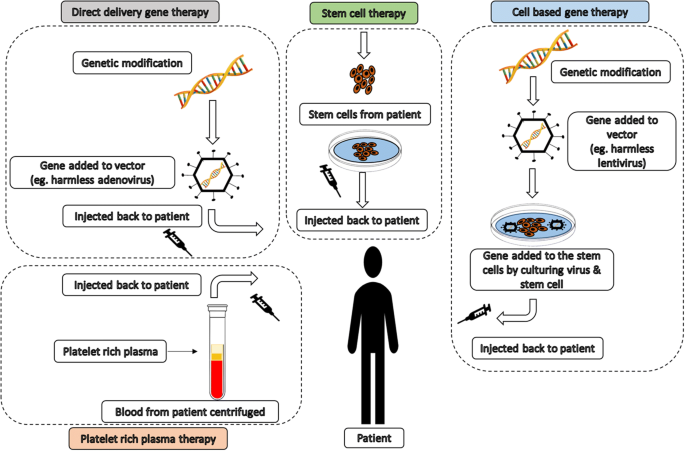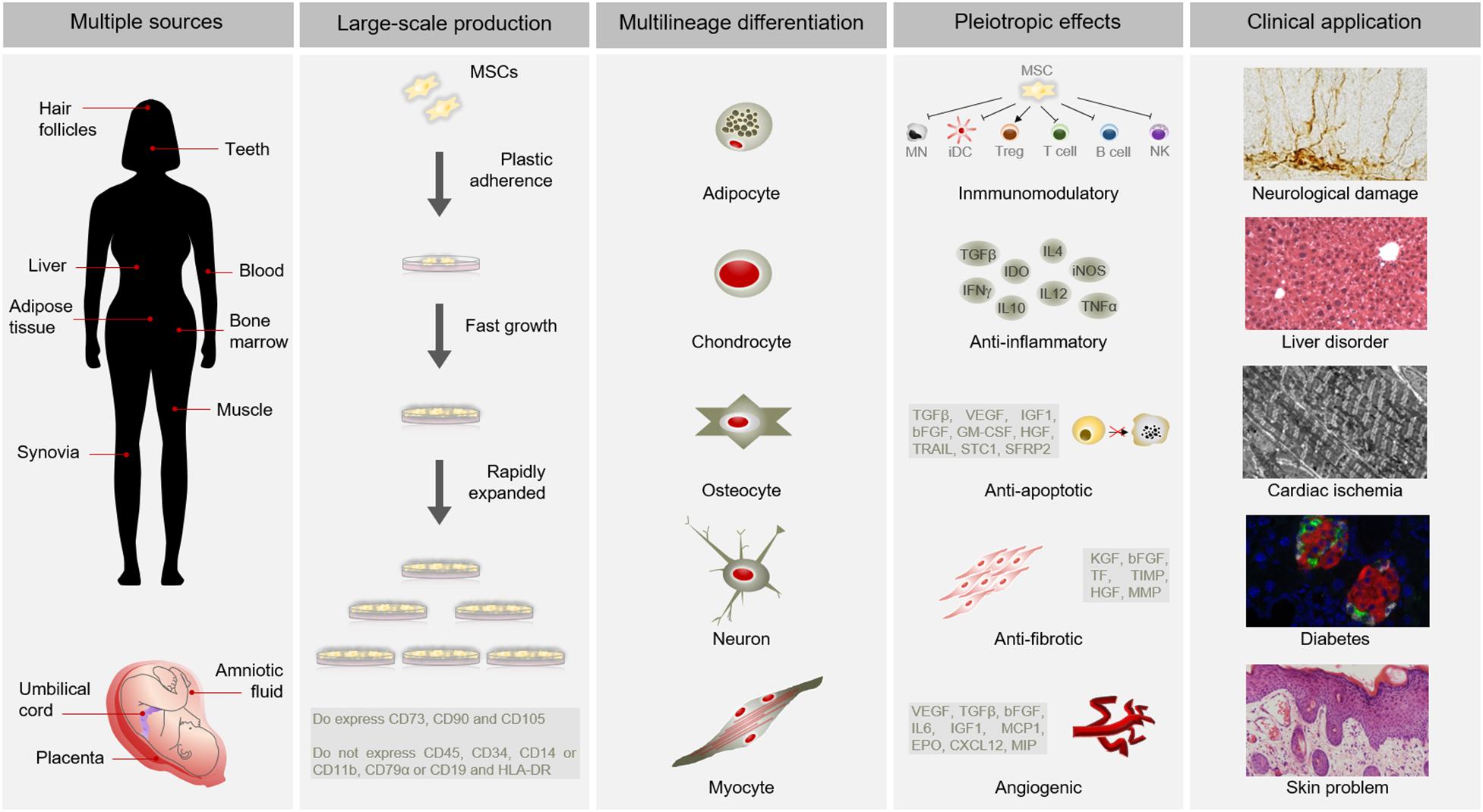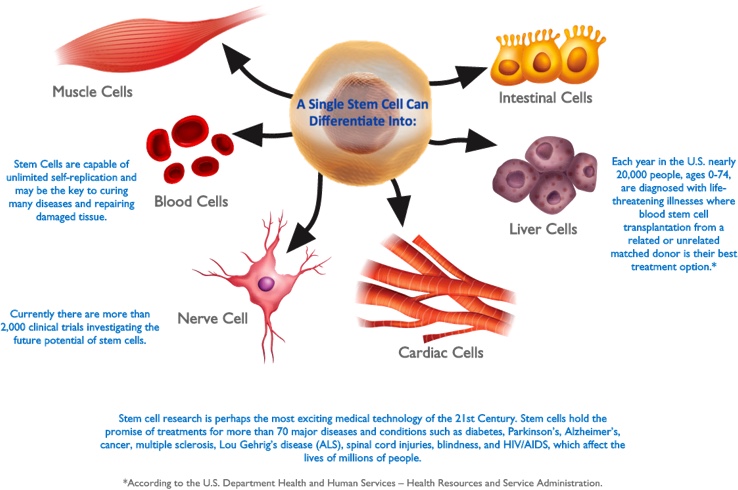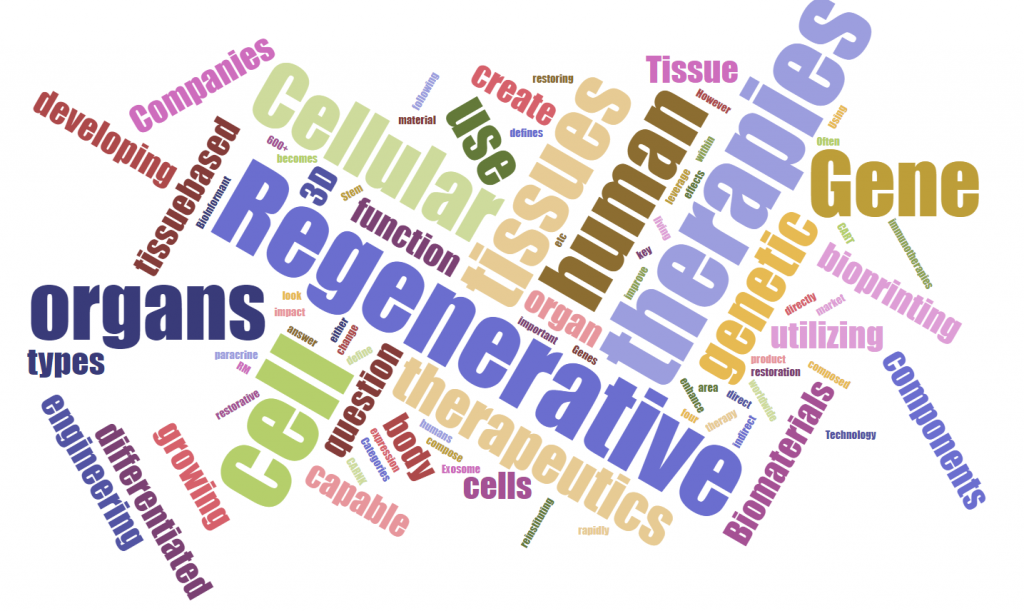Table of Contents

[/image][=video]
[/video]
The majority of sites used for bone marrow harvesting are located in the hip bones and the sternum. In recuperation, the contributor might experience some pain in the areas where the needle was put.

If an autologous transplant is prepared, formerly accumulated stem cells, from either outer (apheresis) or harvest, are counted, evaluated, and all set to infuse. The preparations for a bone marrow transplant differ depending on the kind of transplant, the disease requiring transplant, and your tolerance for sure medications. Think about the following: Frequently, high doses of radiation treatment and/or radiation are included in the preparations.
Ablative treatment avoids this procedure of cell production and the marrow comes to be vacant. An empty marrow is needed to make space for the brand-new stem cells to grow and establish a new blood cell production system.
It is not a procedure to put the marrow into the bone, yet resembles obtaining a blood transfusion. The stem cells locate their method right into the bone marrow and begin reproducing and expanding new, healthy and balanced blood cells. After the transplant, supportive treatment is provided to protect against and treat infections, negative effects of therapies, and complications.
Regenerative Therapy
The days before transplant are counted as minus days. The day of transplant is taken into consideration day absolutely no. Engraftment and recuperation following the transplant are counted as plus days.
The days are numbered to assist the person and household comprehend where they are in regards to threats and discharge planning. During infusion of bone marrow, the patient might experience the following: Discomfort Chills High Temperature Hives Breast pain After infusion, the client may: Invest several weeks in the healthcare facility Be extremely prone to infection Experience excessive bleeding Required blood transfusions Be restricted to a clean atmosphere Take numerous anti-biotics and various other medications Be provided medication to avoid graft-versus-host diseaseif the transplant was allogeneic.
Platelets are usually the last blood cell to recover. Engraftment can be delayed due to the fact that of infection, medicines, reduced donated stem cell matter, or graft failure.
Antibiotics, antifungal medicines, and antiviral medicines are typically offered to attempt to protect against severe infection in the immunosuppressed individual. Thrombocytopenia (reduced platelets) and anemia (reduced red blood cells), as an outcome of a nonfunctioning bone marrow, can be harmful and even lethal.
Discomfort pertaining to mouth sores and gastrointestinal (GI) inflammation prevails. High dosages of chemotherapy and radiation can cause serious mucositis (swelling of the mouth and GI system). Liquid overload is a complication that can result in pneumonia, liver damages, and high blood stress. The main reason for fluid overload is due to the fact that the kidneys can not stay up to date with the big quantity of fluid being given up the type of intravenous (IV) medications, nutrition, and blood products.
Hormone Therapy servicing Bay City

Respiratory system condition is a crucial function that may be compromised throughout transplant. Infection, inflammation of the airway, liquid overload, graft-versus-host disease, and bleeding are all prospective lethal difficulties that might happen in the lungs and pulmonary system. The liver and heart are essential organs that may be damaged throughout the transplantation process.
Failure of the graft (transplant) taking hold in the marrow is a potential complication. Graft failure might happen as a result of infection, persistent disease, or if the stem cell count of the given away marrow was inadequate to trigger engraftment. Graft-versus-host condition (GVHD) can be a major and serious problem of a bone marrow transplant.
In contrast to a body organ transplant where the client's immune system will try to decline just the hair transplanted body organ, in GVHD the new or transplanted immune system can strike the whole person and all of his or her body organs. This is because the new cells do not identify the tissues and organs of the recipient's body as self.

The most usual sites for GVHD are GI tract, liver, skin, and lungs. Diagnosis greatly depends upon the following: Kind of transplant Type and extent of the illness being dealt with Condition feedback to therapy Genetics Your age and general health and wellness Your resistance of particular medicines, treatments, or therapies Extent of difficulties Just like any treatment, in bone marrow transplant the diagnosis and lasting survival can vary greatly from person to individual.
Menopause Therapy servicing Bay City
Continuous follow-up treatment is essential for the person adhering to a bone marrow transplant. New approaches to improve therapy and to lower issues and side effects of a bone marrow transplant are consistently being discovered.
Accessed June 5, 2017. The hope is to recover damaged cells that will not effectively recover by itself. Regenerative medicine therapies can be separated right into three groups: facilitate recovery by injecting or positioning real-time cells right into the patient. Instances of mobile therapy include PRP and stem cell treatments, which can be utilized to deal with tendinopathy and various other sports injuries.
Peripheral nerves, for example, consist of Schwann cells, nerve fibroblasts, and immune cells, each playing a role in nerve regrowth, as discussed below. Stem cell treatment is one of the most extensively investigated and promising branches of cell regrowth treatment. Some cells, such as epithelial cells in the skin or the cellular lining of the gastrointestinal tract, have a high turnover turn over price can regenerate restorePromptly
Navigation
Latest Posts
Perimenopause Treatment around Bay City
Stem Cell Therapy in Bay City
Medical Group